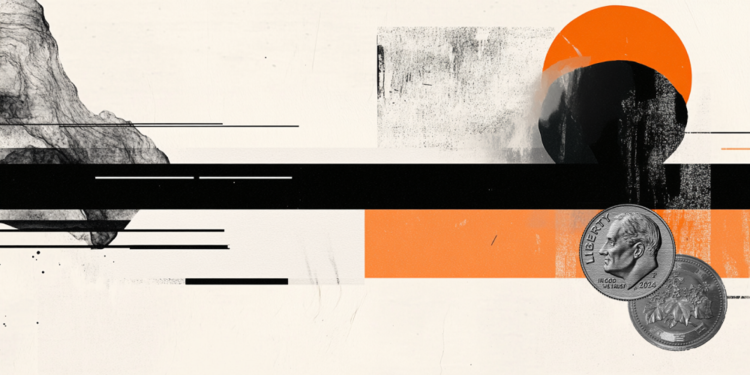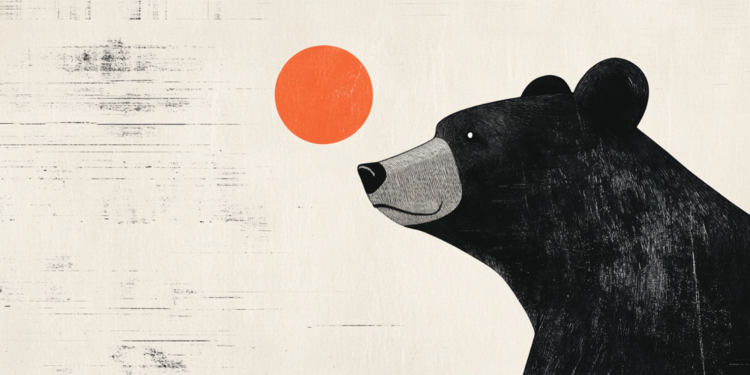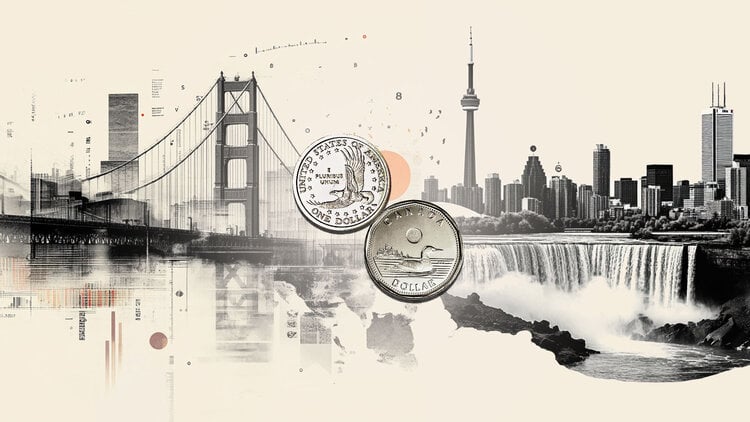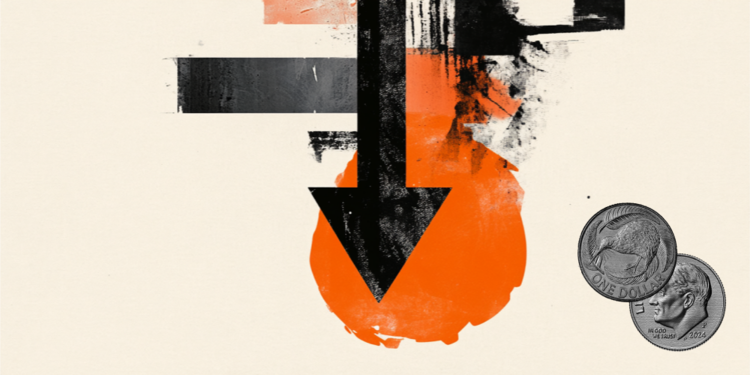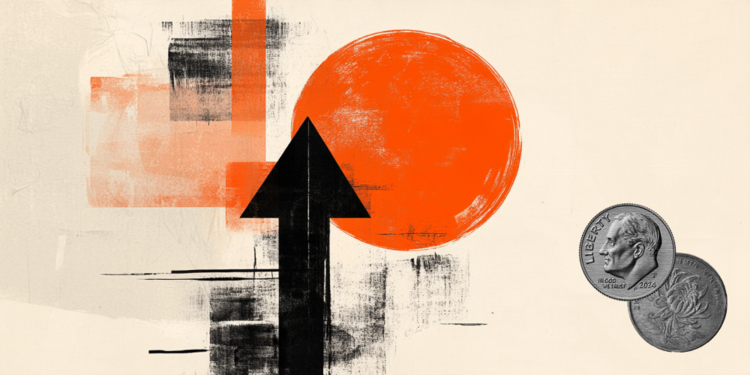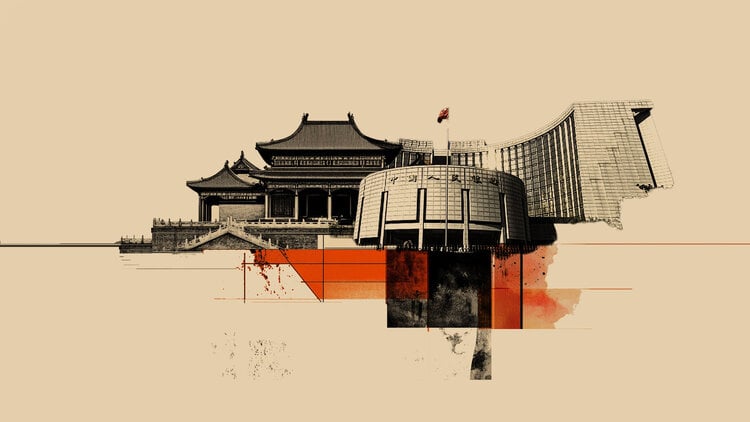Having a larger, curvier body, and needing clothing that accommodates or even enhances it, has become (somewhat) more accepted by the fashion and retail industries. In recent years, there has been a greater commitment to the size diversity of clothing brands and the rise of plus size models such as Ashley Graham, Paloma Elsesser, Precious Lee and Tess Holliday.
But what really counts as a plus size body or clothing?
The “unsatisfying answer” is that it’s “kind of impossible to pin down,” said Lauren Downing Peters, assistant professor of fashion studies at Columbia College Chicago and author of the new book “Fashion Before Plus-Size: Bodies, Bias, and the Birth of an Industry”.
While there are no universal criteria for plus size clothing, the general perception of what constitutes plus size has changed over time.
“There’s that quote that always says, ‘Well, Marilyn Monroe was a size 18/XL,'” observed Carmen Keist, an associate professor in the department of family and consumer sciences at Bradley University in Illinois. , because a GG in the 50s was something totally different than what it means now”.
Most vintage clothes are at least a few times smaller than their equivalent sizes today. In size charts from 1915 to 1920, the plus size – then known as the “huge size” – started with a 76-centimeter waist and a 106-centimeter bust, according to Downing Peters. But today, that equates to a size 42/M or 44/L.
Monroe wouldn’t be considered plus-sized by today’s standards, as “we’ve seen size inflation over the last 100 years,” continued Downing Peters. “Size is a construct and has changed over time as ideas of what constitutes a body (large size) have evolved as well.”

In both the US and the UK, the average woman today is a size 50/XL. Downing Peters said that 67% of American women are considered plus size. But the largest size many retailers offer is the 46/G, according to the Statista website.
“So there’s a lot more incentive for retailers and brands to get into the plus size sector,” he added.
How are larger bodies scaled?
When it comes to sizing, labels and retailers can make their own rules. “Most brands will use their own fit templates just to designate their pattern blocks,” explained Downing Peters, “which means their sizing conventions will be based on the body of that template – and will vary wildly from brand to brand.”
These sizing practices partly explain why anyone, regardless of whether they’re plus or size sized, can have one size in one store and another somewhere else—or why two different branded clothes are, say, a size 46/L , can fit the body of a potential buyer very differently.
Some retailers’ plus-size range runs from 46/L to 48/XL, while brands focused exclusively on plus-size clothing go much further, experts said. Other brands, particularly in the high-fashion space, don’t accommodate plus-size shoppers.
The need to group shoppers into discrete sizes can be traced back to the late 19th century, when the Industrial Revolution ushered in a new era of mass-produced ready-to-wear clothing, said Emma McClendon, assistant professor of fashion studies at St. John’s. University in New York.

Done to scale, these processes have largely replaced traditional artisanal tailoring, while encouraging clothing manufacturers to cater to the most common body shapes and proportions.
Keist recommends that people use objective measurements and size charts from the brands themselves to find clothes that fit well, rather than simply following the number on any brand’s labels.
The difference between plus size and curvy
The term “curve” denotes a push toward more inclusive language for plus size clothing — particularly among those who find the term “plus size” to be derogatory language that “unfairly differentiates” women of certain body types, Downing Peters said.
Curvy also describes fashions suitable for people whose body proportions are curvier than average, regardless of their weight or size, experts said. Curvy fashion “is usually for people who have a more pear-like body,” Keist said, clarifying that “body shape is not body size.”
“My hips are the widest part of my body,” she added. “So the curve is to accommodate – especially in pants – where the hip is wider than what would be a statistically proportionate size.”
“Curved jeans can be plus-sized, but standard sizes can also be curvy,” said Downing Peters. “These jeans are basically cut in a curvier pattern block rather than one that is more youthful and straight up and down.”

The men’s equivalent of the plus size is typically “big and tall”, and there are quite a few big and tall stores dedicated to that.
“But overall, menswear tends to be more sizing, which means if you’re a bigger man, you can essentially shop in one section, where you have a much wider range of sizes,” Downing Peters said. “This is just a reflection of the way that larger women are perceived and marginalized in our society and are too wrapped up in ideals of beauty.”
The cost of bigger clothes
Producing plus-size clothing may cost a little more, but the extra expense isn’t so much about additional materials as it is about research and development, Downing Peters said.
“That means looking at who the consumer is,” she explained, “and also looking at demographic trends in the proportion of plus-size women.”
“What is even more expensive,” she added, “is creating all the new patterns for bigger sizes, because you can’t just take the blocks you’re working on and make them bigger, you have to completely re-conceive the proportions.”
Historically, this extra expense has been for customers; it’s colloquially known as a “fat tax,” which can make plus-size clothing up to 25% more expensive than standard-size equivalents, Downing Peters said.
But amidst the growing body positivity movement – behind which lies the idea of proudly accepting one’s body, even if it doesn’t conform to social ideals – some brands have introduced equal pricing by absorbing the additional costs or slightly increasing prices. prices across all its lines, Keist said.

A changing industry – for better and for worse
How inclusive or representative a plus size line is can also depend on the company’s values or aesthetic. “You can’t dispute the fact that the fashion industry in America has become more inclusive,” said Downing Peters. “But we haven’t achieved full-size equity, by any stretch of the imagination.”
Some brands “seize the look of inclusivity by featuring plus-size models that are visibly larger than average in their advertising materials,” says Downing Peters.
But too often, brands’ offerings for plus-size customers “are very limited” in scope, Keist said.
Luxury brands can be even less complacent and are “much more upfront about the fact that the plus-size consumer is not their target consumer,” Downing Peters said.
Landing plus-size or curvy models in these brands’ campaigns or shows is still an uphill battle, IMG modeling agent Mina White told the CNN in April. White, who represents models like Ashley Graham and Paloma Elsesser, is often told that producing larger sizes is considered too much of a “financial lift,” she said.
“I don’t believe it is,” she said. “I think people are not being properly educated on how to do this the right way.”

With this long-standing culture of exclusion yet to unravel, and the revival of ’90s “heroin chic” and slim Y2K (referring to the 2000s) fashion, some experts are raising renewed concerns about the state of inclusion and diversity. size (or lack thereof) in fashion. “Many fear that the gains we have made in inclusion in the fashion industry will be lost,” said Downing Peters.
Because even though cultural trends are valuing thinness, bodies have statistically increased over the years.
“I’m amazed that companies aren’t more inclusive in their clothing because it literally just means more money for them,” said Keist. The scarcity of plus-size clothing adds to the stigma that makes people with larger bodies feel marginalized, she added.
“I grew up when ‘heroine chic’ was very popular and there was very little clothing for me. I couldn’t go shopping with my friends because they were thinner than me and I had to come up with reasons not to try anything on because I was ashamed, ”she explained. “Because that’s what society made me feel, that I should be ashamed of my size.”
Some retailers, however, aren’t just offering more diverse sizes – they’re deviating from features of plus-size garments now seen as problematic, such as colors, patterns or fits that they assume plus-size people want, or should, hide. their bodies.
Other stores, however, have stopped separating standard and plus-size clothing into different departments, which may help remove stigma, Keist said. Brands that have been praised for developing a more inclusive plus size space include Meijer, Universal Standard, Wild Fang, 11Honore, Dia & Co. and Lane Bryant. Some high-fashion brands, including Christian Siriano and Michael Kors, have also made some inroads.
“Being a plus-size person trying to dress in this world,” said Keist, “I’m really excited about it, thinking about (how) even a company like Torrid didn’t exist when I was a teenager and how much different my experiences would have been if I wish I had clothes with more options available in my sizes”.
Source: CNN Brasil
I’m Robert Neff, a professional writer and editor. I specialize in the entertainment section, providing up-to-date coverage on the latest developments in film, television and music. My work has been featured on World Stock Market and other prominent publications.

